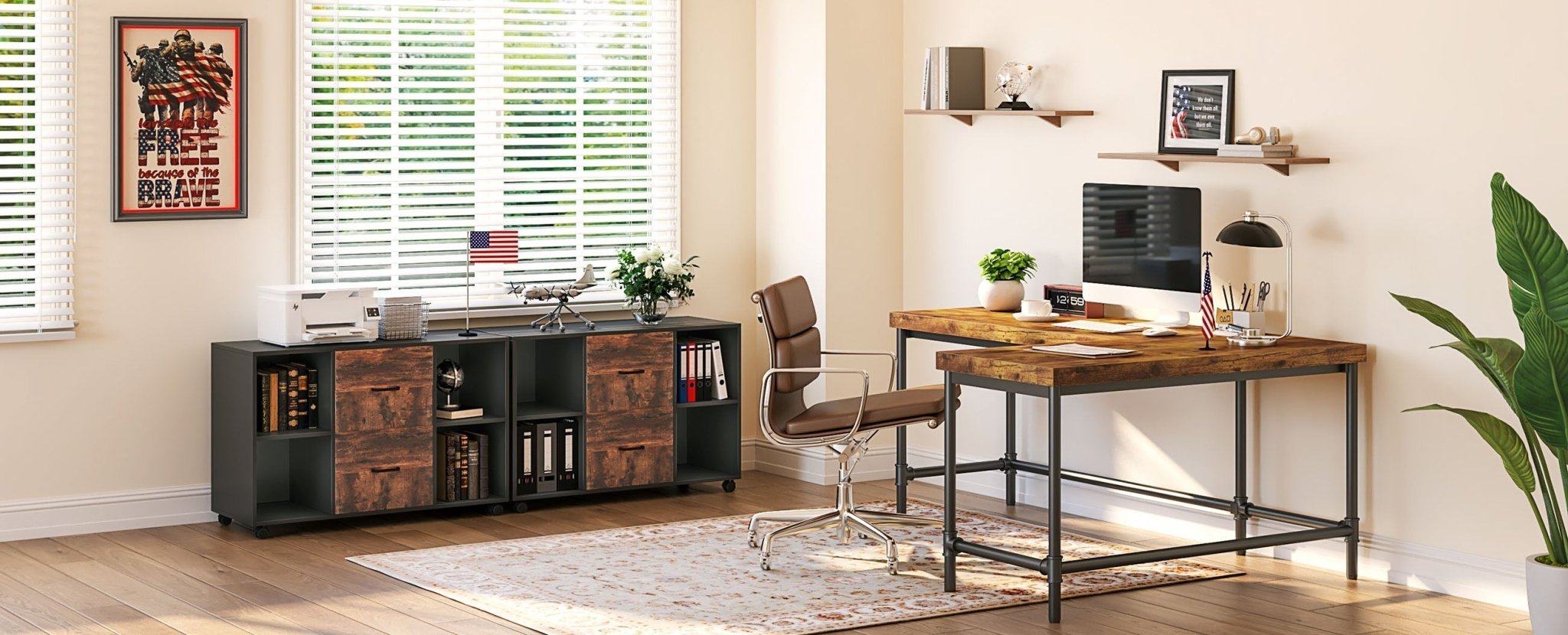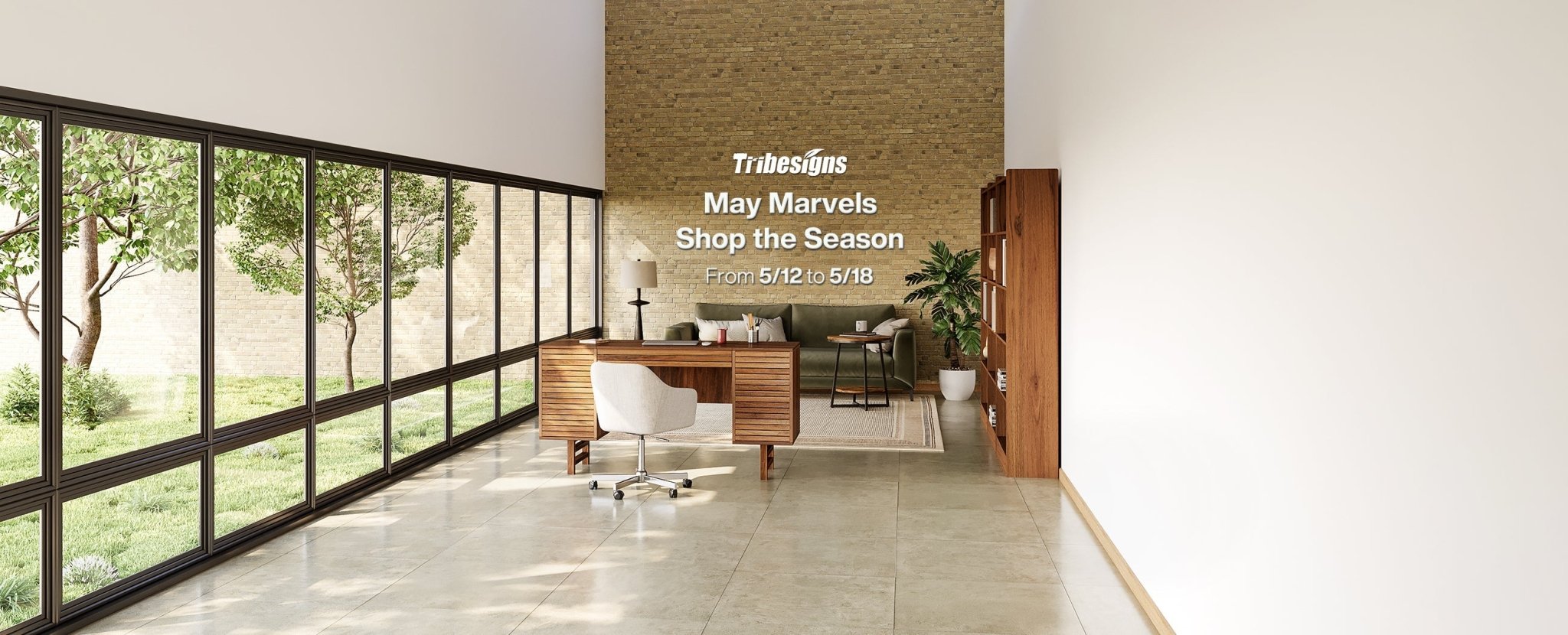Will a Queen Mattress Fit in a Full Bed Frame?
A mattress relies on its entire perimeter to provide even support. When 3 inches on each side (or 5 inches on the bottom) overhang the bed frame, it's easy for the unsupported edges to sag. Over time, this can distort the mattress's internal structure and compromise its ability to evenly distribute weight. Even worse, poor support can lead to chronic back pain and shorten the life of your mattress, not ideal for an investment that's expected to last a decade.
Read more: What is a Standard Size Bed Frame?

Size Difference Between Queen and Full
Let’s break down the dimensions—and why the mismatch matters.
|
Feature |
Full Bed Frame |
Queen Mattress |
Difference |
|
Width |
54 inches |
60 inches |
+6 inches (too wide) |
|
Length |
75 inches |
80 inches |
+5 inches (too long) |
How To Convert a Full-Size Bed Frame Into a Queen Bed?
Because the full size is smaller than the queen size, for homeowners who want to retain the style of their existing bed frame, a conversion kit is a smart compromise. Available online, these kits typically include metal extension rods and hardware that attach to both sides of a full-size bed frame, extending the width and length of the frame to fit a queen-size mattress.
Preparation
- Wrench / Screwdriver
- Tape measure
- Pencil (for marking installation positions)
- Typically cost ranges from $50 to $150
Operation Key Points
- Remove the side panels of the original frame while keeping the headboard and footboard.
- Install extension rails: Align the metal rails with the pre-drilled holes on the side of the frame.
- Expand the width: Secure the extension rails with bolts to reach a width of 60 inches.
- Extend the length: Add a tail extension piece to achieve a length of 80 inches.
- Reinforce the central support: Install an additional middle leg (included in the kit).
- Shake Test: Push the frame to confirm there is no wobbling.
- Edge Load Test: Sit on the edge of the mattress and check if the sagging exceeds 1 inch.
But for the most reliable, long-lasting support, it’s often worth investing in a new queen-size bed frame. A basic metal or platform bed frame can range from $100-500 to a premium wood or upholstered bed frame: $500 and up. At Tribesigns, we offer queen-size bed frames in the $200 range that are designed to provide the right support for your mattress while also looking great.
Why You Can’t Use an Oversized Mattress on a Smaller Bed Frame?
Placing a 60-inch wide queen mattress on a 54-inch wide full frame means:
The mattress overhangs 3 inches on each side, making it unstable and unsafe.
The extra 5 inches in length leaves the mattress unsupported at the foot, causing sagging over time.
Most full bed frames aren’t designed to hold the weight distribution or structural pressure of a queen-size mattress.
Even if you try to “make it work” with temporary fixes, it can lead to:
- Uneven support
- Mattress damage
- Frame stress or breakage
- Voided warranties for both the mattress and frame

Who Should Choose a Full Bed?
A full bed is a great option if you're looking to save space without sacrificing comfort. Here’s why it works:
- Space-Saving: Fits easily into small rooms, studios, and guest spaces.
- Cost-Effective: More affordable in terms of both the mattress and bed frame.
- Practical for One: Offers plenty of room for single sleepers or growing teens.
- Flexible Use: Ideal for multipurpose rooms or temporary setups like a guest room.
A full bed is a smart, budget-friendly choice for individuals or households making the most of limited square footage.
Who Should Choose a Queen Bed?
If comfort and long-term flexibility matter most, a queen bed is hard to beat. Here’s what makes it a favorite:
- Room to Move: Extra width and length make it comfortable for two adults or restless sleepers.
- Long-Term Value: A popular standard size that works in most homes and lasts through life stages.
- Versatile for Couples: Offers space without overwhelming your room like a king bed might.
- Great for Primary Bedrooms: Balances comfort and style, making it ideal for your main sleeping space.
A queen bed offers generous space, comfort, and versatility—perfect for couples, taller individuals, and anyone who wants a better night's sleep.

FAQ
Can a Full Mattress Fit on a Queen Frame?
Yes, but it's not ideal. Placing a full-size mattress on a queen-size bed frame will leave a gap due to the size, about 3" wide on each side and 5" long. And it may shift during use. For optimal comfort and safety, always pair your mattress with a bed frame that matches its size.
How Long Does a Full Mattress Last?
On average, a full mattress lasts 7 to 10 years, depending on the material, usage, and how well it’s maintained. For example, Latex mattresses (especially organic latex) can last 15–20 years with proper care. Memory foam mattresses typically last 8–10 years before losing support. Innerspring mattresses may show signs of wear sooner, especially with daily use. While mattress size doesn’t directly affect lifespan, larger mattresses may experience more wear and sagging over time due to the increased surface area and weight distribution.
Which Bed Size—Full or Queen—is More Comfortable?
In terms of sleeping space, a queen mattress offers significantly more room than a full. A full mattress has a surface area of 4,050 square inches, while a queen provides 4,800 square inches—an extra 750 square inches of comfort.
That added space makes a queen the better choice for:
- Couples who want more room to move
- Single sleepers who like to stretch out
- Pet owners who share their bed with their furry friends
While both sizes can be comfortable, a queen generally provides better sleep freedom, especially for two adults or restless sleepers.



